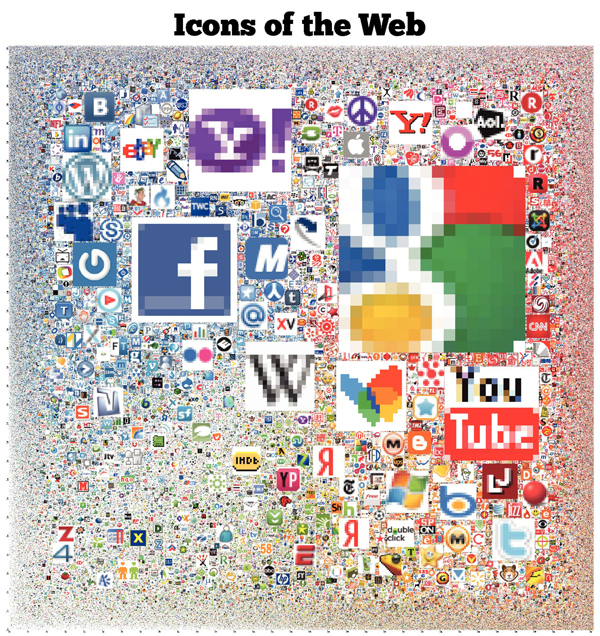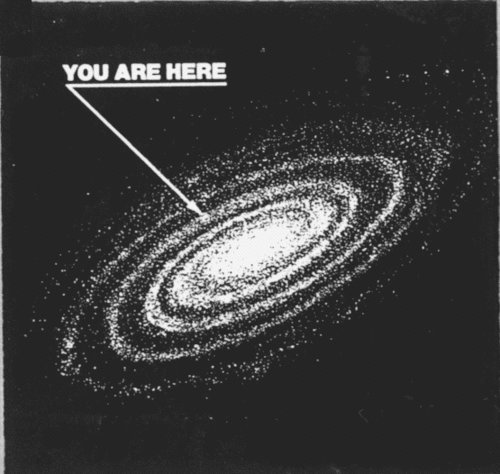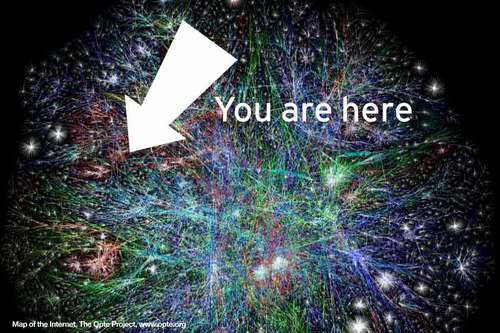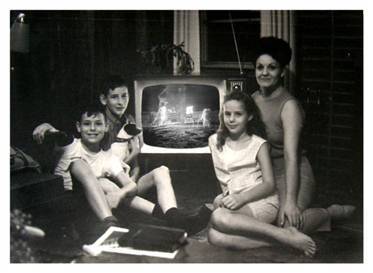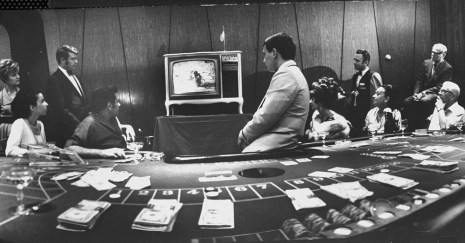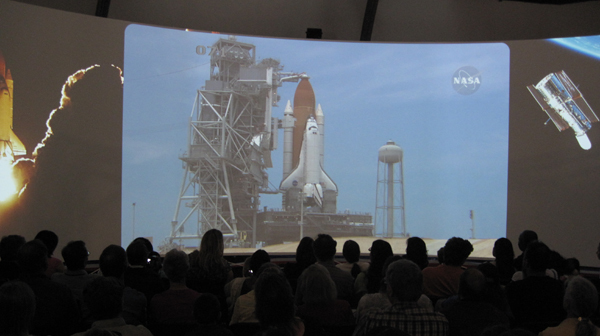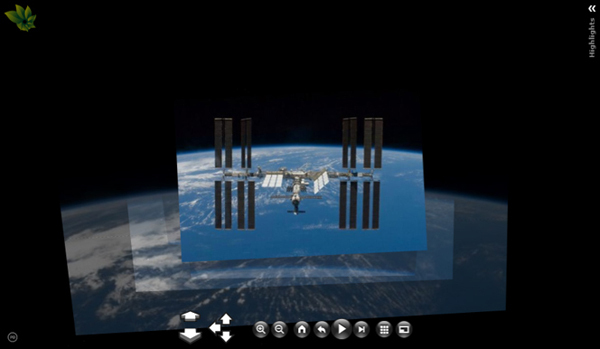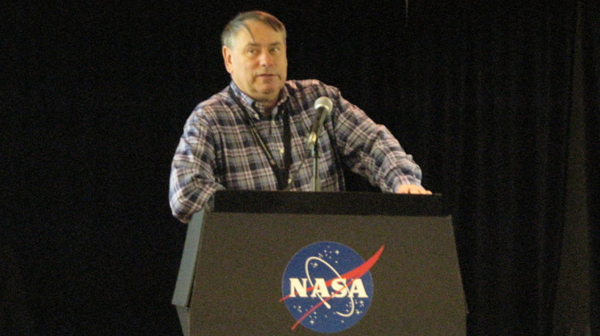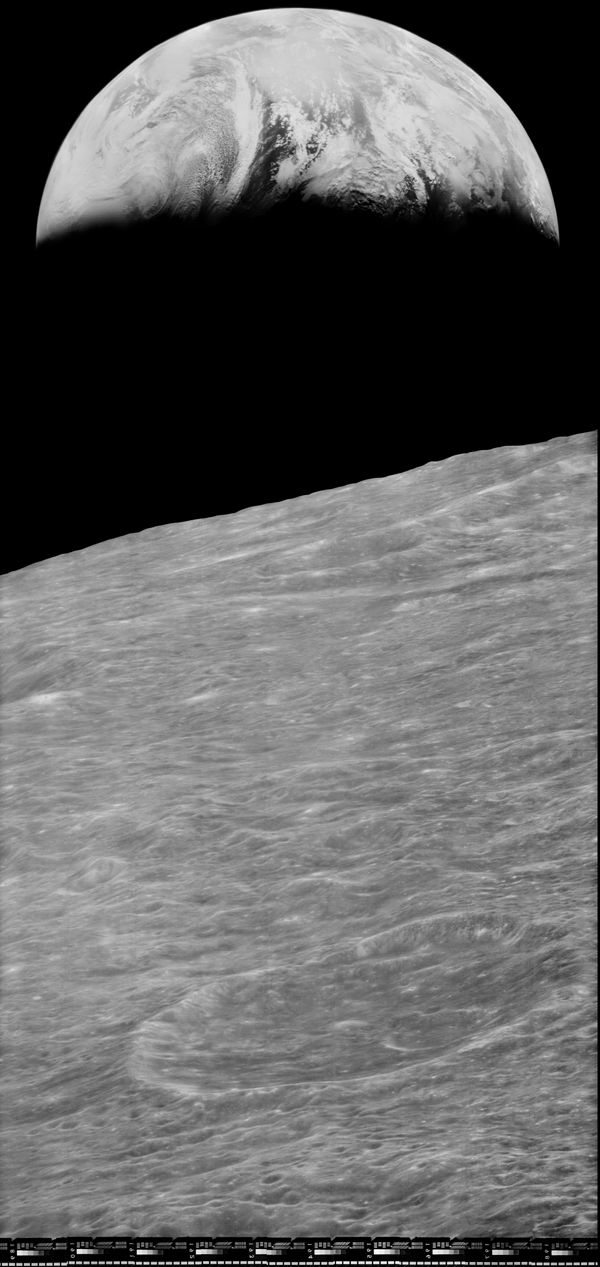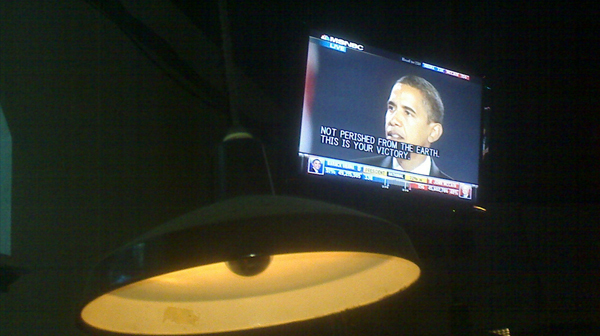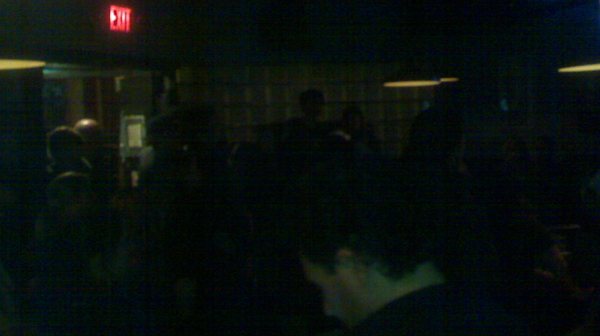This is the Media archive | Back to Main
tobearchived after 6 years
Posted on Monday, September 17, 2012
After exactly 6 years (first post) its time to archive this blog. I've had a great time keeping a trail of my online journeys over these past 6 years and it served me well in my worldly travels, but its time for a new itinerary. I will keep the content up for the Google but I won't be posting here anymore. If you're interested in staying connected, follow me on Twitter @tobedetermined until I find a new home to share my current and future travels.
The medium of the self is the message
Posted on Saturday, May 14, 2011
Good video. Its the same folks that did this experiment back in 2007.
Part I
Part II
(via)
How has the Internet changed the way you think?
Posted on Monday, October 11, 2010
Ran into some excellent quotes in the responses to the yearly Edge.org question:
And he had picked up on McLuhan's idea that by inventing electric technology we had externalized our central nervous systems — that is, our minds — and that we now had to presume that "There's only one mind, the one we all share." John Brockman
The Internet is virtualizing the universe, which changes the way I act and think. "Virtualization" (a basic historical transition, like "industrialization") means that I spend more & more of my time acting-within and thinking about the mirror-reflection of some external system or institution in the (smooth, pond-like) surface of the Internet. But the continuum of the Cybersphere will emerge from today's bumpy cob-Web when Virtualization reaches the point at which the Internet develops its own emergent properties and systems: when we stop looking at the pixels (the many separate sites and services that make up the Web) and look at the picture. (It's the picture, not the pixels! Eventually top-down thinking will replace bottom-up engineering in the software world—which will entail roughly a 99.9% turnover in the current population of technologists.) David Gelernter
I began to develop a theme that has informed my endeavors ever since: New technologies beget new perceptions. Reality is a man-made process. Our images of our world and of ourselves are, in part, models resulting from our perceptions of the technologies we generate. John Brockman
Ned Hall once pointed out to me that the most critical inventions are not those that resemble inventions but those that appear innate and natural. Once you become aware of this kind of invention, it is as though you had always known about it. ("The medium is the message." Of course, I always knew that). John Brockman
The Internet is the infinite oscillation of our collective conscious interacting with itself. John Brockman
Maybe click-dreaming is a way for all of us to have the same dream, independent of what we click on. Kevin Kelly
Bill Joy TED talk
Posted on Thursday, July 15, 2010
Watching this TED video made me end up watching this embedded TED talk by Bill Joy. I remember the article he refers to in Wired back in 2000, 'Why The Future Doesn't Need Us'. I believe I made 20 copies of it and handed them out to my friends in Amsterdam at a film screening I organized.
Satellites as Social Objects
Posted on Wednesday, January 27, 2010
Thanks to my colleagues, and continuing my new found blogging paradigm 'write-until-you-publish' of 2 weeks ago, I am back at writing an ephemeral post to bring online some thoughts I see passing through my conciousness these last few days. No word smithing here, just off the bat words on paper. Like, there is so much conversation and noise about NASA and its future, I don't have much to add, except that I like what I read so far.
I'm having mexican in an obscure taqueria in South San Francisco on my way back up to the city from NASA Ames where I stayed over to watch the SOTU (State Of The Union). And watching it made me realise its very different watching these types of speeches as an outsider, because it makes you realise the 'tribal' nature of these events.
Satellites as social objects? Its a conversation I had at work earlier this week. If youtube can build a platform around video as social objects, Flickr can build a platform around photos as social objects, and Linkedin can do the same around resumes, what would be NASA's most interesting objects to build a platform around?
This week's link, also as a reminder to self: Edge question 2010: How Has The Internet Changed The Way You Think?
A look in the mirror: tobedetermined on del.icio.us
Posted on Tuesday, October 27, 2009
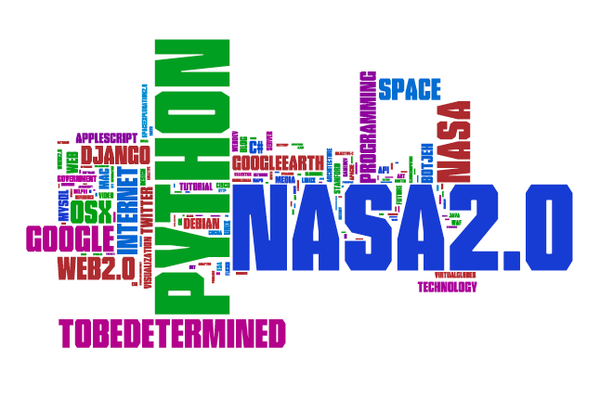
A wordle viz of my del.icio.us bookmarks (note: since a few months ago i've mostly set my del.icio.us bookmarks to private so this reflects my state of mind the last year or 2...)
Magical Bruce Sterling Keynote on Augmented Reality as Industry
Posted on Friday, August 21, 2009
His keynote at the official Layar Reality Browser launch in Amsterdam. Easily one of the best presentations of this year. Embedded below.
Exploring the Future of Space Exploration
Posted on Thursday, May 14, 2009
I'm curious if any of you ever asks that question? And if so, what comes to mind first? For me, its media. Call it New Media, call it Old Media, call it Media2.0, or call it Medea (which actually is an excellent movie by Pier Paolo Pasolini). We might not all get a chance to get up there, but using 21st century technology, we can get pretty close (take that, Hollywood yawn inspiring Star Trek remake).
Here at NASA Ames, in the heart of Silicon Valley (aka New Media Valley), we're surrounded by the New Media vibe. Media evolve with technology, and with Google, Yahoo, Microsoft and alike only a stone throw away, the merger of outer space and cyberspace (sic) seems to be an obvious one.
Yes, there are slow days in the Valley, but there are also these days (and weeks) when everything seems to come together. The Future of Space Exploration? Well, its Low Earth Orbit still, but the ability to personally experience the STS125 mission to Hubble is quite impressive. Its the first time I actually witnessed a mediated launch of a Space Shuttle while being in the US. Standing in the NASA Ames Exploration Center, physically experiencing the low vibrations of the wind blowing at KSC just before launch with the voice over of Mission Control made it a memorable moment.
Last year I worked with a group of people here at NASA Ames to develop a simulation of the STS125 spacewalks (yes, windows only for now). Looking at the real thing today, the feeling of having been there before, in person, is quite profound. If only NASATV would allow me to subscribe to a pinging service that would alert me when the astronauts come out of the airlock for another spacewalk, I wouldn't have to miss any of it.
Also this week (well, last week really), NASA released a new set of Photosynths. Of the International Space Station (ISS) this time. Try it for yourself and dive into the high res images and get a feel of what its like to be onboard and circling the ISS. Its New Media research avant la lettre: how to leverage New Media to get you up there. And as our CIO here at Ames Chris C Kemp says: There seems to be a healty appetite for more innovation in this space.
On top of all that, today we are celebrating three fantastic years of Pete Worden's leadership at Ames! Looking forward for an additional 3+ years of his leadership of NASA's research center at the heart of the New Media (r)evolution.
Go Kepler
Posted on Saturday, March 7, 2009
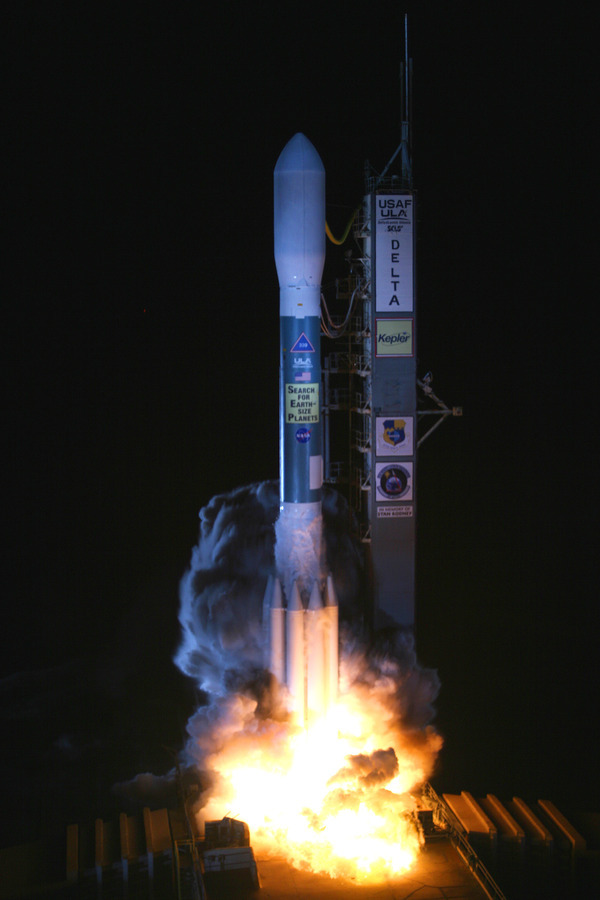
Apparently this is a real image. More at the spacecraft's twitter feed.
Eating Your Own Dogfood
Posted on Thursday, January 15, 2009

Its a question that has stuck with me for a while: how to get NASA to eat its own dogfood. (((and what would that actually mean in the context of a space agency?)))
(((btw, the 3 ((( thingie I stole from Bruce Sterling's Beyond the Beyond blog. Its like meta discussing your own blogpost...)))
There are different takes on this, and not having had the time to think things completely through sofar (and suspicious whether I'll have it in the near term), i'll just post some thoughts here and plan to come back to it at a later stage and possibly in a different shape and form. (((FYI, I find my twitter updates these days greatly outnumber the number of blogposts I manage to write and am happy about actually going live (there is an increasing number of unfinished blog posts in my movabletype blog webapp), so for all you ~50 readers of this blog, if you're really interested in my irregular updates and ramblings, why don't you take the red pill and subscribe to my twitter feeds on tobedetermined and NASA_Ames_Web because that's where you'll find an up-to-date and engaged research record of implementing the ideas that have been floating around on this blog since 2006, i.e. moving towards a merger of outer space and cyberspace...because make no mistake: its happening, and its happening right here, at NASA Ames Research Center.)))
Part I: eating your own dogfood is a term commonly used in the sofware business when employees of a company use their own tools and thereby create a feedback loop wherein the builders of tools also get to be the users of those same tools, leading to a much faster iterative usability loop and a very efficient way to speed up the evolution of a tool. From what I heard, Google even uses the term 'dogfood' for their internal products. In the case of NASA, one tool in case that would greatly benefit from people eating their own dogfood is its web publishing and communication tool, commonly known as The CMS.
Part II: Following a talk on synthetic biology a month or so ago at the Long Now series, I finally managed to get a tour of the labs here at Ames where scientists work on the future of space exploration. In particular, John Cumbers, Graduate student synthetic biology from Brown University, showed me and Delia Santiago around at his office and labs where he works on cultivating and studying organisms for potential application in space exploration (think: biological fuel generation, etc). The underlying objective here is that space exploration will not get anywhere if we stay stuck in the paradigm of carrying everything we need from the Earth. Launch costs are prohibitively expensive if we need to prepare for a trip by taking every bit of consumable with us upon embarking on the trip (((the Columbus metaphor comes to mind but I am going to skilfully navigate around this outdated metaphor))).
John is particularly interested in applying synthetic biology in realising Biological In Situ Resource Utilization (BISRU), something that has the potential to get us to places where we can build on our own consumables "off the land". One example he gave was testing it out on a comet 2 years away from Earth, with a 2 year return cycle. The labs here at Ames are fascinating, GATTACA comes to mind but in a different context.
The field of synthetic biology is still so new there are no good text books on the subject (((here's a good primer))). They do have conferences about it though.
Below are some images I made while following John around (more at Flickr). Most interesting, the book with the yellow dots is actually a real-life catalogue of genetic building blocks, called the 'Registry of Standard Biological Parts'. Whoever is building genetically engineered organisms can use a piece of pre-fab genetic code from this catalogue by dipping a pipet on the yellow spot, thereby subtracting some specific DNA sample. Its like LEGO, but the biological version of it. Welcome to the future...
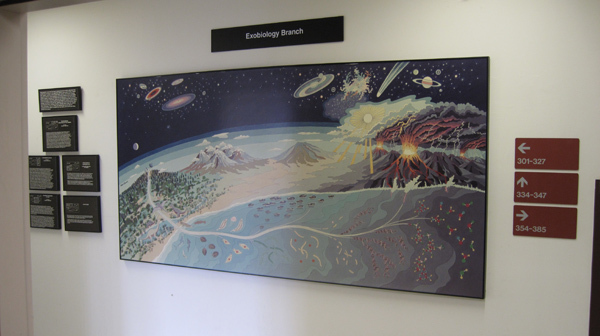
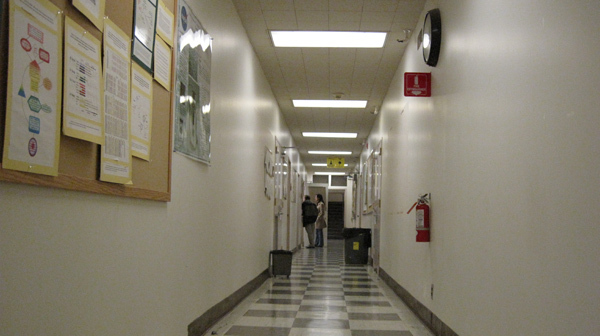
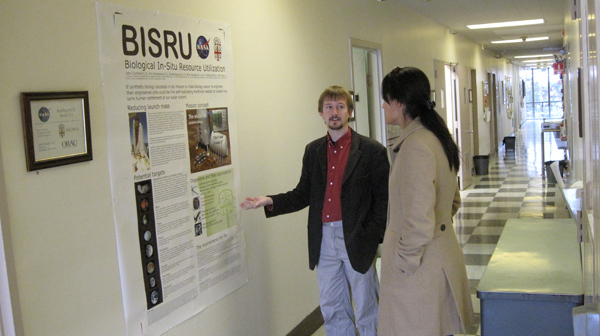
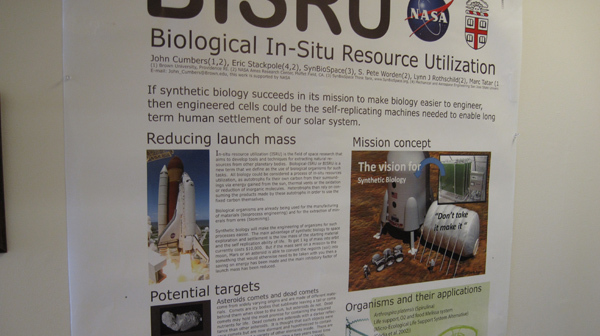
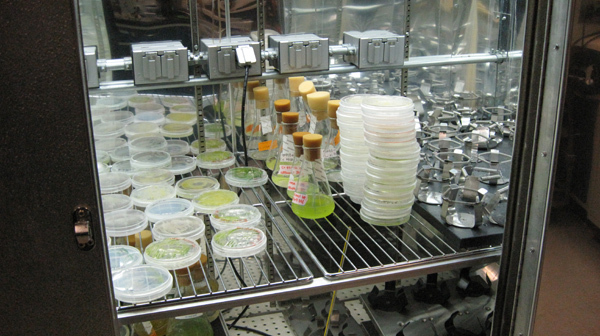
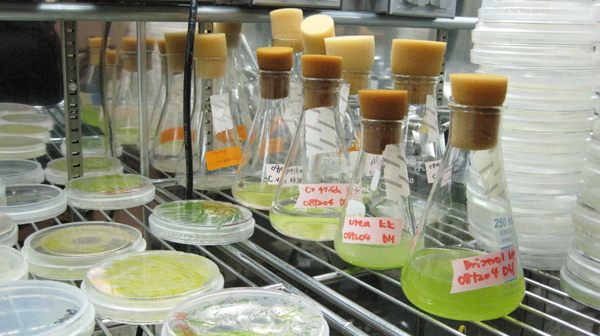
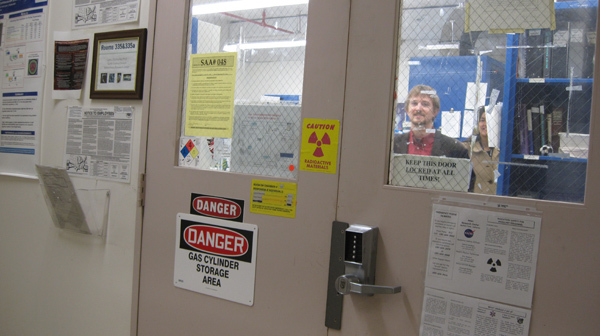
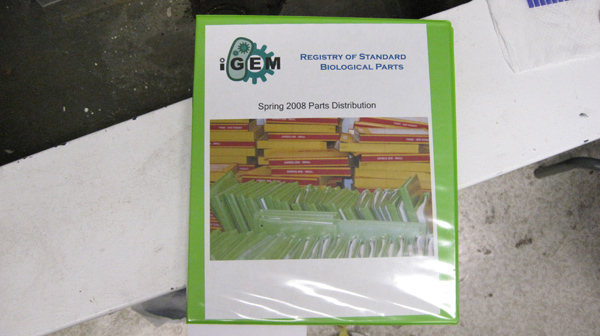
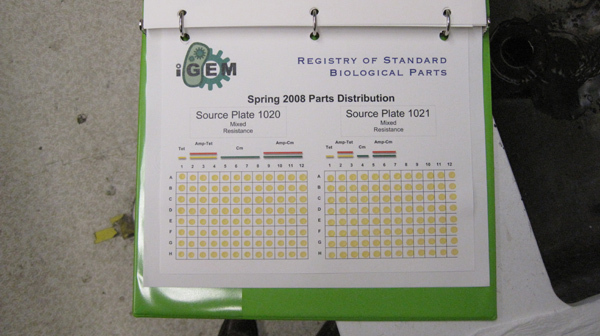
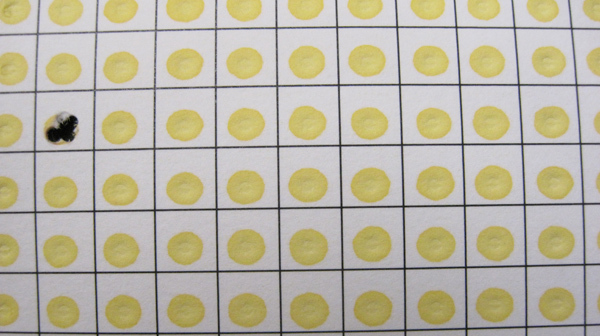
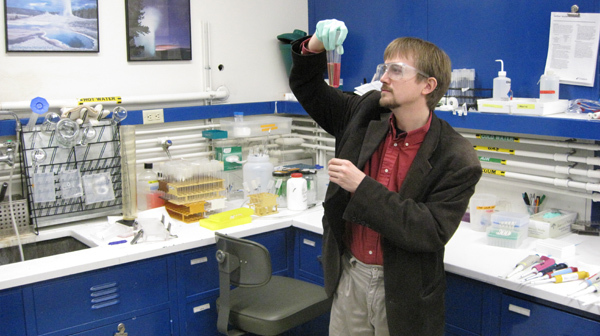
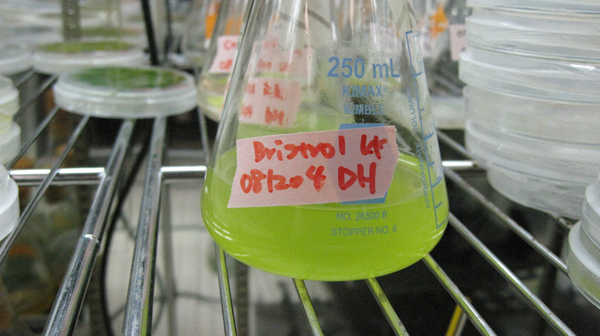
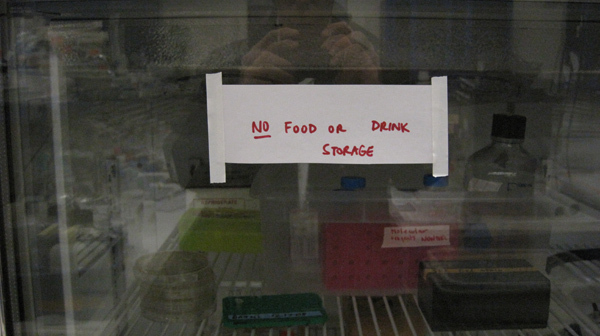
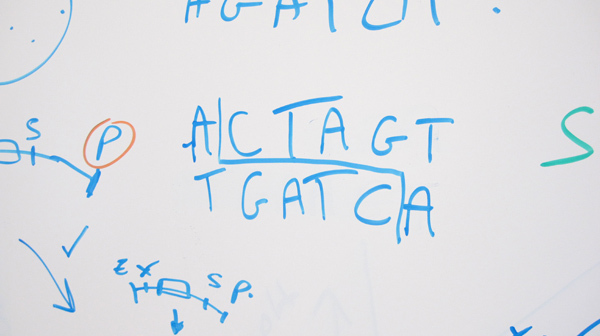
The Future of Human Spaceflight
Posted on Sunday, December 28, 2008
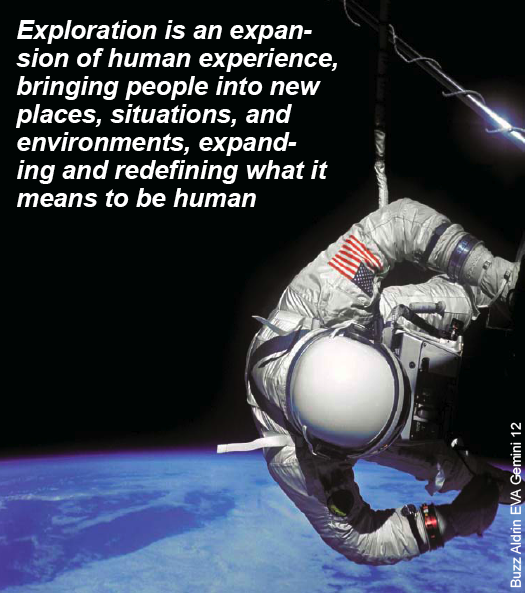
Screendump from report
The title of a white paper recently issued by the 'Space, Policy, and Society Research Group' based at MIT. Some quotes from this (worth reading) 15-page report:
This report addresses the future of human spaceflight, that is physically placing humans in space and on other planetary bodies.
A primary objective of human spaceflight has been, and should be, exploration. Exploration, of course, is a keyword in the Bush vision and in NASA’s own terminology. Yet while the word is often used, it is rarely specified beyond lofty rhetoric and allusions to curiosity and frontiers. What is exploration, and why explore?
First, it is worth considering what exploration is not. Some argue that “exploration is in our DNA,” that some fundamental, even genetic, human trait compels us as individuals and as nations to seek out new territory. The civilization that fails to expand geographically, the argument goes, will enter a state of permanent decline, always to be exceeded by other nations with more compelling wanderlust. We reject these arguments about essential qualities of human nature. No historical evidence, no social science evidence, and no genetic evidence prove that human beings have an innate, universal compulsion to explore. In fact, space exploration is radically different from the kinds of geographical expansion that have marked human history because of its high degree of technical difficulty, the environments’ extreme hostility to human life, and the total lack of encounters with other human cultures.
We define exploration as an expansion of the realm of human experience, bringing people into new places, situations, and environments, expanding and redefining what it means to be human.
Space continues to attract broad public interest, although it must compete for attention in an increasingly diverse, overheated, and unstable media environment. Young Americans increasingly see remote and virtual presence as equivalent to physical presence and may not accept older arguments about the importance of “being there.” Exploration in other realms, notably the deep ocean, faces a similar set of questions as engineers, scientists, and policy makers debate the appropriate mix of human and remote presence in our digital world.
Some Numbers from Michael T Jones' talk at AGU '08
Posted on Sunday, December 28, 2008
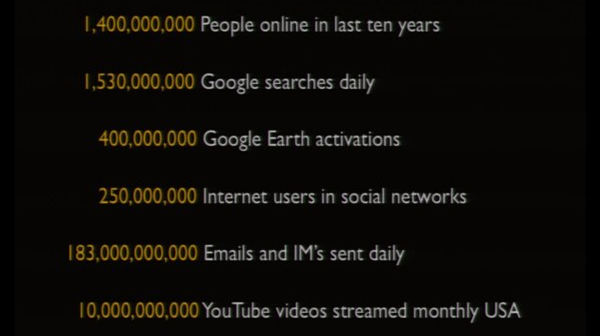
75 sweet minutes of Michael T Jones (Chief Technology Advocate @ Google) at the AGU earlier this month.
Scoble Interviews Tim O'Reilly in Sebastopol
Posted on Saturday, December 27, 2008
Just after he gave an interview on the radio at NPR.
On the Move...
Posted on Friday, December 19, 2008
...Nothing beats having a Drive-Through-ATM when you're on the move...(hoping to run into a drive-through-bathroom soon...)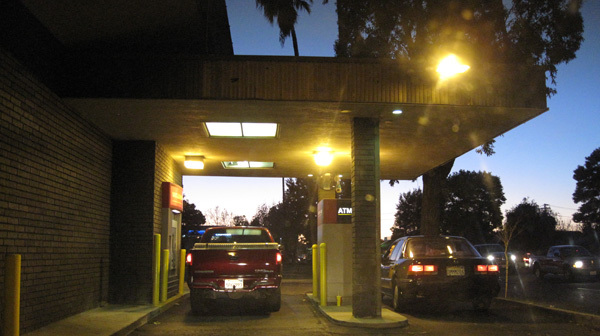
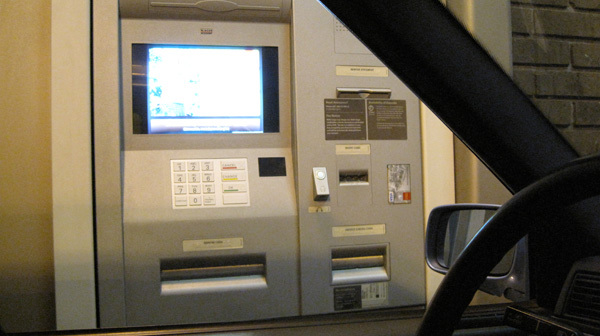
Another Peak Into the Future
Posted on Tuesday, December 9, 2008
Some of the sensors I blogged about in this post will likely come out of the Small Spacecraft Division here at Ames. (Click on the bottom image for a full-res closeup)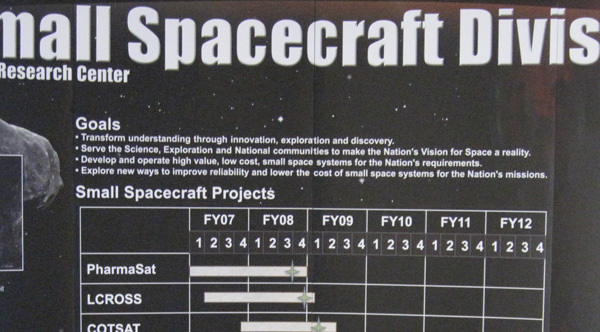
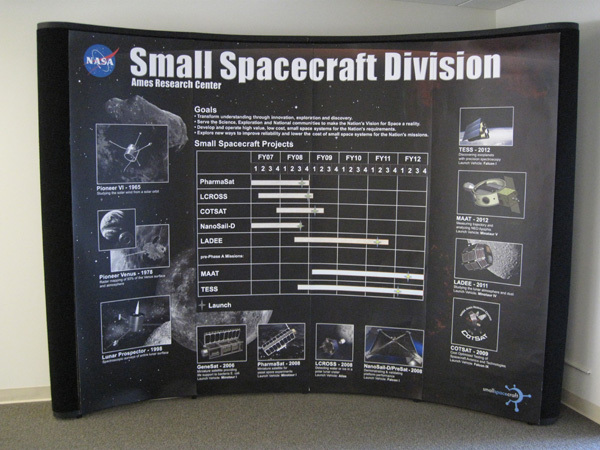
Click for full res version
We’ve built this spaceship...
Posted on Tuesday, December 2, 2008
...but we really don’t know where it will take us.” The last sentence in this indepth NYT article on Google and privacy concerns.
Participatory Impacting the Moon
Posted on Sunday, November 23, 2008
A probe released from Chandryaan-1 impacted the moon last week (more & images). A nice dress rehearsal for the LCROSS mission which is looking for lunar impact next year (LCROSS is developed here at NASA Ames). Didn't see any realtime coverage though. No live spacecraft images coming online as it is heading towards impact...so there is still the 'innovative/surprise factor' up for grabs for LCROSS. Like @MarsPhoenix grabbed it for the twitter platform.
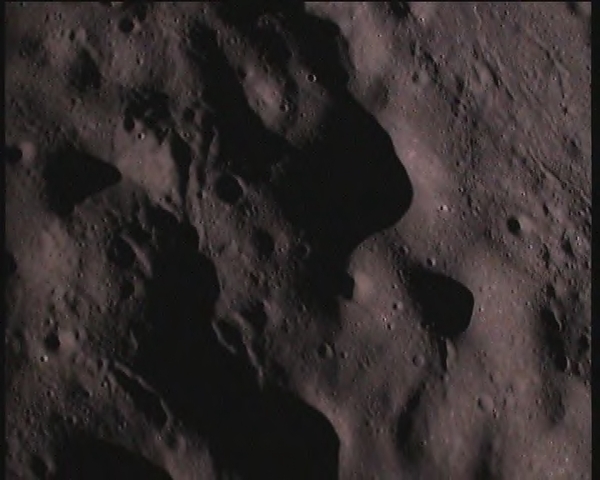
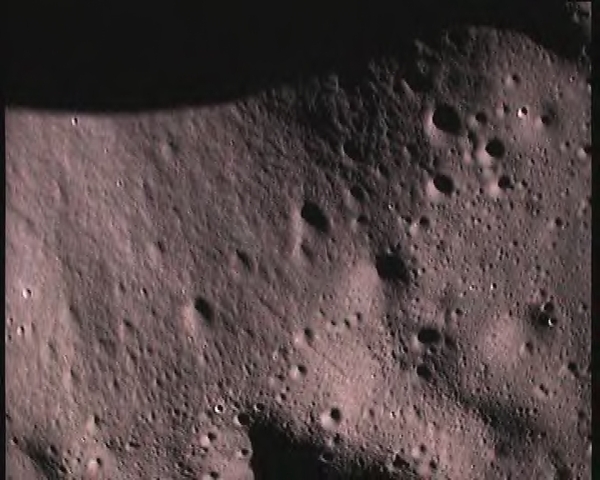
DinnerTV: Web 2.0 Summit 08 Videos
Posted on Tuesday, November 18, 2008
A great way to loose time (and an even better reason to loose my comcast cable subscription). All episodes. One of my favorites (on the cloud) is embedded below. And this article sums up the overall feel pretty well. Enjoy, its addictive...
None At This Time
Posted on Tuesday, November 18, 2008
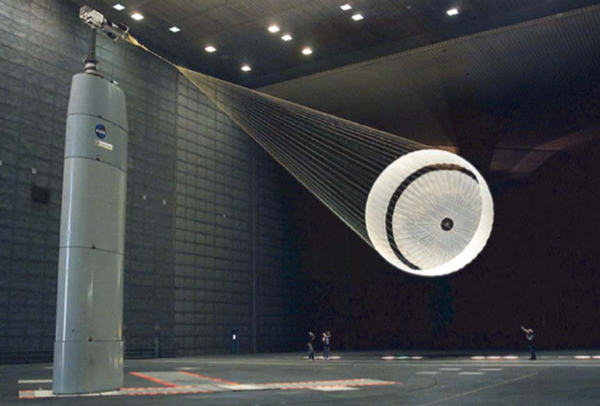
Every large organisation, whether government or private industry, is trying to cope with the changing media landscape around us as a result of the rapidly evolving internet. Enter NASA. Having been an early adapter of the web for its communication to the public and stakeholders, it currently faces a legacy of a widely scattered footprint of websites. Moving forward, the challenge will be to consolidate all the content that's out there, while at the same time building out a new data platform that is agile enough to be able to adapt and evolve into the future (earlier post).
Part of my daytime job at the moment is cleaning up the dead wood on www.nasa.gov/ames (small steps towards the grand vision ;-). Going through the back-end of the system, I run into quite some interesting stuff, like above image (more on that image here) and the best dead page on www.nasa.gov/ames yet: http://www.nasa.gov/centers/ames/pages/pubnot.html
Update: both links are now intentional 404's. For more information on NASA Ames, please go to www.nasa.gov/ames
ESA on Youtube
Posted on Monday, November 17, 2008
More at www.youtube.com/esa (via Sebastian Marcu's message on skype)
Dinner TV: Where Games and SETI Collide
Posted on Wednesday, November 12, 2008
As a follow up to the previous post, I just found this informal dinner talk between Will Wright and Jill Tarter organised by SEED. Its embedded below, from the looks of it in the code served to you from the servers of Amazon's Web Service...![]()
Lunar Lander Challenge Video
Posted on Sunday, November 9, 2008
A nice minimalistic beat and distortion of the onboard camera. More on the Lunar Lander Challenge (via).
The Web as Platform...for the Exploration of Outer Space
Posted on Monday, November 3, 2008
Can't wait to see NASA increase government's piece of the cake here (more on the pie chart at O'Reilly Radar and the originating post entitled '1,000 Web API's' over at ProgrammableWeb). I mean, if the New York Times is able to open up their platform (see for example their Open NYT blog and their developer site), shouldn't NASA be able to do the same? There is already a lot of NASA data out there on the web, but its scattered over as many different websites. Bringing everything under one easy-to-use platform (think: developer platforms from the likes of Google, Yahoo, Microsoft, Amazon etc.) would be a great achievement. And it would make perfect sense, given the nature and the amount of data NASA gathers through its sensors (images, videos, temperature readings, what have you...media equals data equals media these days right?). NASA as a service oriented agency providing the sensors and the resulting platform of data for scientists and anybody with an Internet connection to tap into for scientific research and participatory exploration (earlier post). I can't start to think what types of innovation would result from that. The ease of availability of data (for machines) being one of the biggest 'competitive' advantages in the web3.0 [sic] years ahead. Reminds me of a hack on an image I made back in the days of my thesis embedded below. 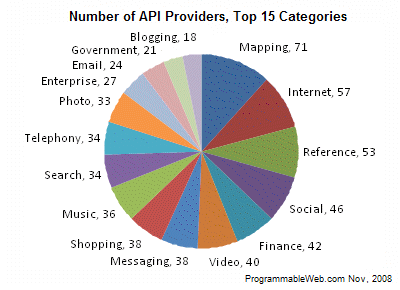
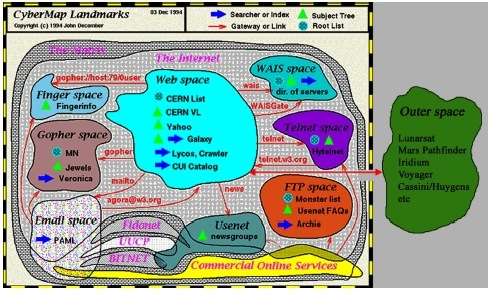
First Images of the Earth from Chyandrayaan-1
Posted on Monday, November 3, 2008
And quite exquisite ones as well (see earlier post). Click the images for full res. More from the Indian Space Research Organisation (ISRO) at this Press Release from last friday 31st October 2008. More on Chyandrayaan-1 at its own website. (all links via)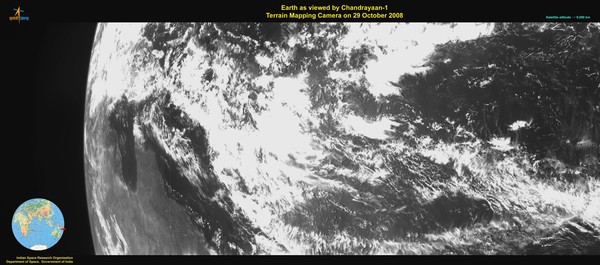
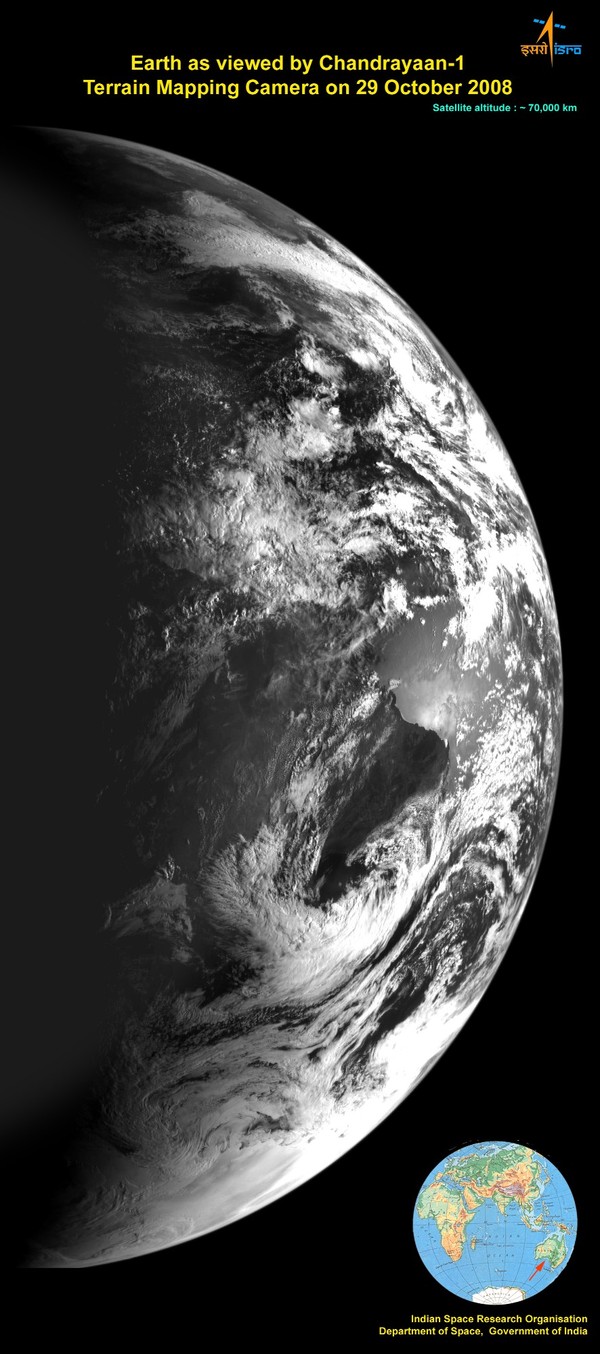
History by Magazine Covers
Posted on Thursday, October 23, 2008
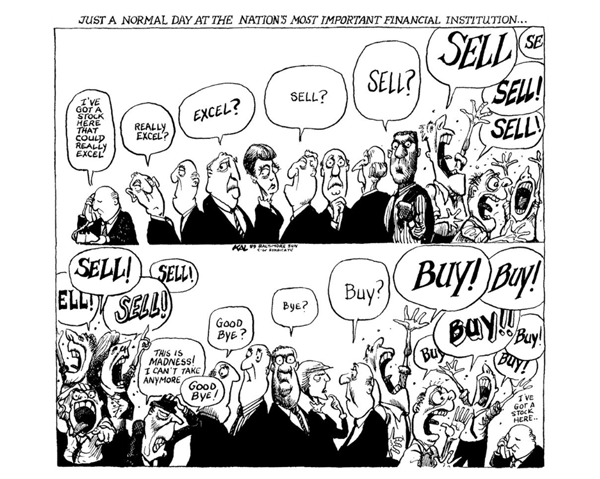
From this presentation of The Economist Magazine covers ;-) (embedded below).
International Committee on the 'Cultural Utilisation of Space' Launched
Posted on Friday, October 17, 2008
Reblogging Arts Catalyst:
The new IAF (International Astronautical Federation) Technical Activities Committee for the Cultural Utilisation of Space (ITACCUS) was announced during the Less Remote symposium. ITACCUS has been set up to promote and facilitate the innovative utilisation of space by the cultural sectors of society internationally. The term 'utilisation' is used often by the space community. In a cultural context, it may include cultural production, cultural preservation, cultural representation, cultural education and cultural development.The launch speakers were ITACCUS co-chairs Roger Malina, Director, L'Observatoire Astronomique Marseille, and Nicola Triscott, Director of The Arts Catalyst, and committee members Ciro Arevelo, Chairman of the United Nations Commitee on the Peaceful Uses of Outer Space, who welcomed the ITACCUS initiative for the contribution that the cultural sector could make to space and society's engagement with it, Mario Hernandez from UNESCO, who explained the work of UNESCO in using space surveillance systems to monitor world heritage sites, Bernard Foing from the European Space Agency and Spanish astronaut Pedro Duque.
ITACCUS will report on its activities online, and will submit a report annually on cultural utilisation of space to the UN Committee on the Peaceful Uses of Outer Space. It is developing a webspace, which will be linked from its page on the IAF website at www.iafastro.com.
Building The Interface To the Planetary Sensor Web
Posted on Thursday, October 16, 2008
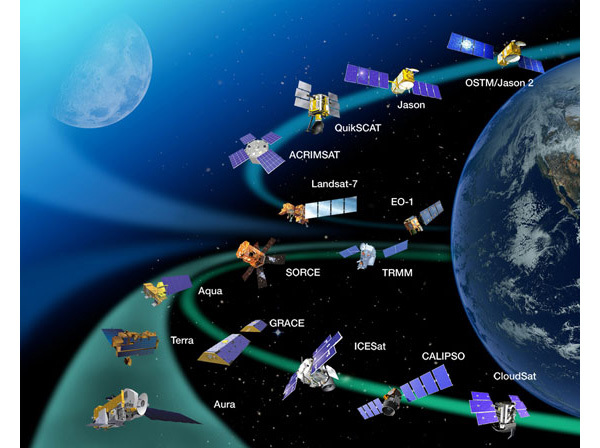
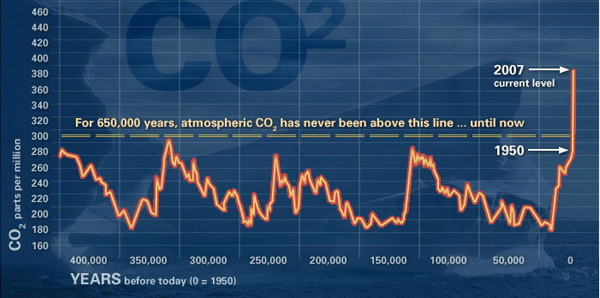
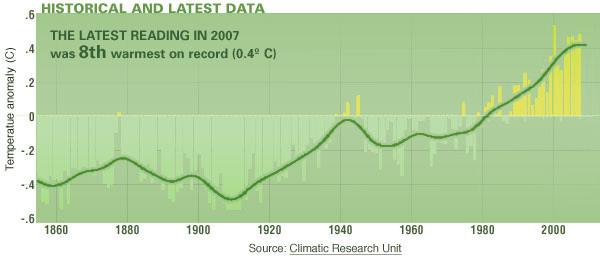
JPL launched it newly designed website today, including a dedicated site on global climate change with the telling subtitle 'NASA's Eyes on the Earth' (CNN has more). In these times of endless stock exchange graphs, stats and scares, its great to see a similar data vis design pattern emerge with the early steps towards a planetary sensor web user interface (if only we could swap the trend in above graphs with the NYSE). Sofar it seems satellite data is not really fed real-time (at least not in an all encompassing & comprehensive way) but I'm sure we'll get there, including open API's for everyone to leverage the sea of space based sensor data about the state of our planet (and beyond). On a related note, O'Reilly just released a Radar report on Where2.0 with a great introduction by Tim O'Reilly.
Some Great Videos From Michael Wesch
Posted on Sunday, October 12, 2008
Of 'The Machine is Us/ing Us' fame. Video 1. Video 2 (both embedded below). More of his interesting research at mediatedcultures.net. (via this excellent blog)
The future is process, not a destination
Bruce Sterling
Everything is ultimately becoming information technology
Ray Kurzweil
Data is the Intel inside
Tim O'Reilly
There is only one machine and the web is its OS
Kevin Kelly
The medium is the message
Marshall McLuhan

